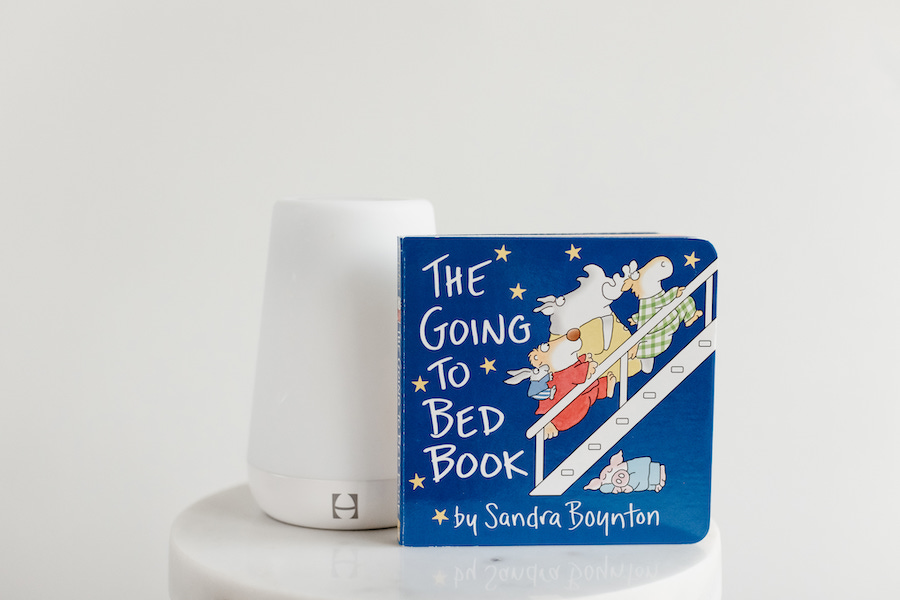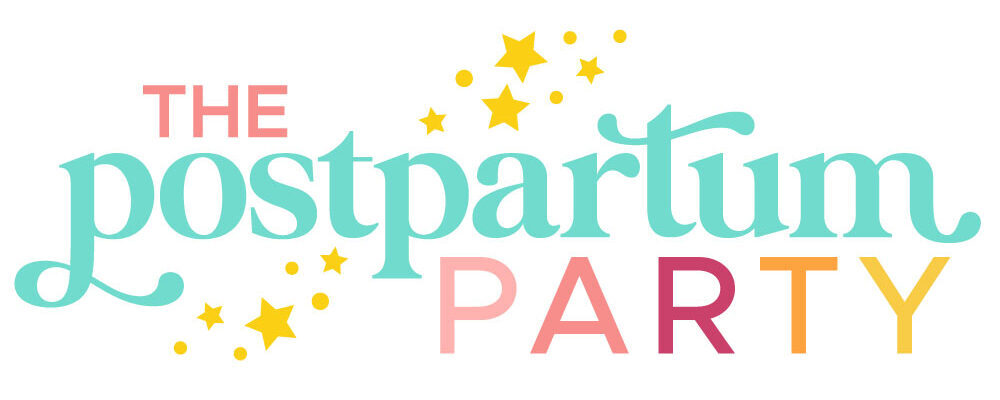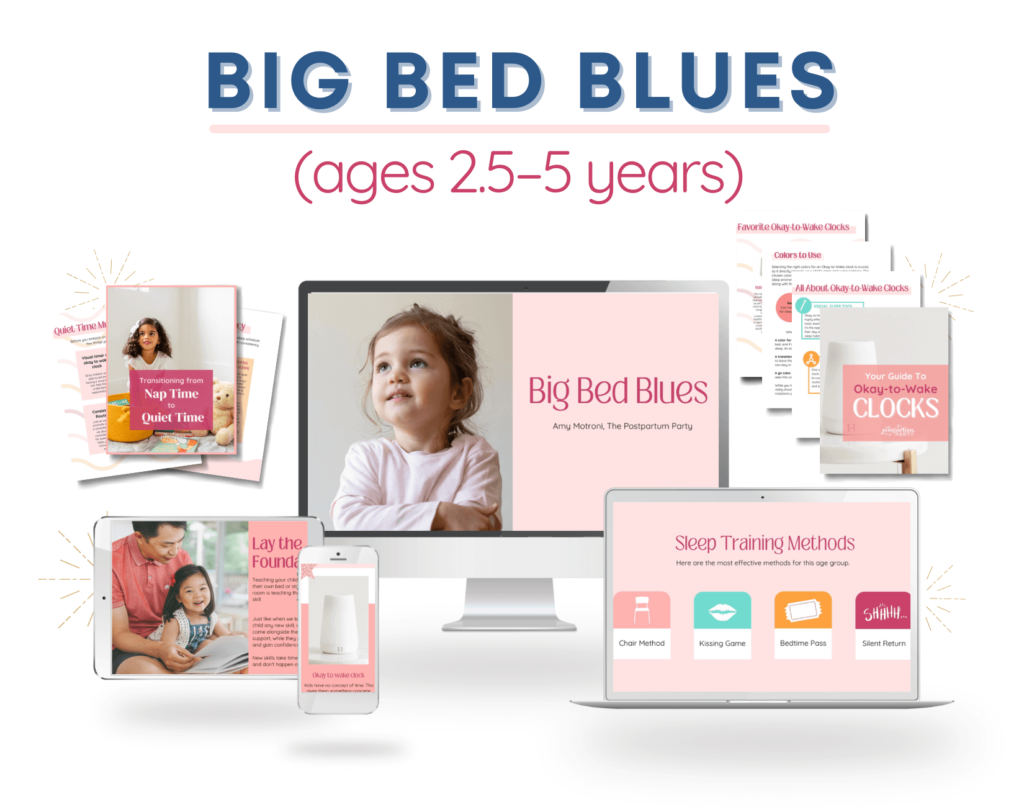Wondering when kids stop napping? Learn when kids stop napping and if it’s time to transition your little one out of their afternoon snooze.

Like most parents, I looked forward to nap time each day! It was as an important reset for both me and my daughter. Settling into a consistent routine where you have some free nap time hours to yourself is glorious!
But as the saying goes: babies don’t keep. As your baby grows, their sleep schedule will adapt and change, and that includes how often they nap.
As your little one starts to drop naps and grow into toddlerhood, you may find yourself wondering: when do kids stop napping altogether?
When your little one was a baby the more daytime rest they got, the better they’d sleep at night. Sleep begets sleep in those early days.
But as babies grow into toddlers and even big kids, that afternoon nap can often interfere with bedtime and even interfere with sleep in middle of the night.
Want a way to incentivize your toddler or preschooler to stay in their bed all night long? Download my free reward chart to help your toddler stay motivated. Get the free chart here
When Should You Stop Giving Your Child a Nap?
Whether or not your toddler naps (and naps well!) impacts how they’ll sleep at night. It may seem counterintuitive, but a good daytime nap can affect a good night’s sleep for young children.
Most kids still need a nap up until 3 or 4 years of age. I recommend doing what you can to keep a daily nap in your schedule until then.
Putting an overtired kid to bed at night is a struggle and can cause toddler bedtime tantrums. Whatever you can do to help your toddler avoid overstimulation and overexertion will pay off at your bedtime routine.
Naps are a great way to provide a midday reset for your toddler’s body and mind.
There may be some days when your toddler misses a nap and you’ll need to adapt or flex your schedule. Even so, I encourage you to keep offering nap time until your toddler is at least 3 years old.
Around 4, your 4 year old’s sleep schedule will likely change and they won’t need the daytime sleep anymore.

Is it Normal for a 2-Year Old to Stop Napping?
If your two-year-old has suddenly started fighting nap time, you’re not alone. We went through the same thing when our daughter was two, and I was not ready to give up my midday me-time!
Thankfully, the two year old nap strike doesn’t mean the end of naps altogether.
I’m sure you’ve heard about common sleep regressions for babies, but did you know it’s possible for your toddler to go through sleep regressions, too?
Many toddlers experience a sleep regression around this time. We commonly refer to this regression as the two year old sleep regression, but it can actually happen anytime between the ages of 2 and 3.
The toddler sleep regression can impact sleep at any time of day, whether it’s nap time, bed time, or both. This regression is completely developmentally normal, and is caused by both situational and physiological changes.
But just because your toddler is fighting his nap, doesn’t necessarily mean it’s time to make the transition. Daytime sleep is still very important for your two-year-old’s overall sleep health!
When it comes to napping, your 2 year olds optimal sleep schedule calls for 1 to 2.5 hours of daytime sleep as well as 11 to 12 hours of nighttime sleep, giving them 12 to 14.5 hours of sleep total in a 24-hour period.
Let’s talk about some ways you can help your toddler when they seem like they want to stop napping, but you know they aren’t quite ready to give up that last nap!

How Can I Help My Toddler When They Stop Napping?
My Toddler Sleep Training Guide can help you understand your toddler’s sleep habits, handle sleep regressions and setbacks, and regain control over nap routines and bed time routines. Get it here.
If your toddler isn’t 3 yet and they’re fighting their only nap of the day, it’s time for you to step in and help them get back on track.
Here are a few things you can try to help get your child’s naps back on track.

Prepare a Cozy Sleep Space & Minimize Distractions
Toddlers are busy and action-oriented. Sometimes it’s hard for them to take a break from the action—the FOMO is real!
To help your toddler wind down for nap time, you’ll want to make sure that their sleep space is calm, dark, and free from distractions.
Kid’s blackout curtains and a white noise sound machine can do wonders to shut out the brightness and bustling sounds of daytime activity.
It’ll also be worth your while to remove or minimize distractions in their room during nap time, especially if they’ve already transitioned to a toddler bed.
The less toys within sight or reach, the more likely your toddler will be able to settle their body down for rest instead of seeking something to play with.
Make it a part of the nap time routine to clean up toys together. It will signal a transition from active play to rest time.

Use an Okay-To-Wake Clock
Toddlers don’t know what time it is! Consider incorporating an okay-to-wake clock into the nap routine to help them understand when it’s time to rest.
I really like the Hatch Rest vs Rest Plus because it can be programmed with bedtime and nap time schedules. You can set it so the light turns one color when it’s sleep time, and another color when sleep time is over.
Use role play with your child when introducing the okay to wake clock to help them grasp the concept and buy-into the idea!
You can also give them some control by letting them pick out the sound or color that they’ll wake up to once nap time is over!
Use a Nap-Time Sleep Training Technique
Sleep training isn’t just for night time! And just because you’ve already sleep trained your little one before, it doesn’t mean you can’t incorporate new sleep training methods when you hit new sleep snags.
You can find examples of the most effective toddler and preschooler sleep training techniques in my Big Bed Blues Course. Let me help you pick the sleep training method that’s right for your family.

Create a Rewards System for Napping
Never underestimate the power of incentivizing your toddler to stay in bed and really give nap time a chance. Your toddler is old enough now to understand rewards, so this is a good time to try some out!
Sticker charts can be a great motivator for kids at this age. They give your toddler something to work towards, whether it’s a prize, privilege, or adventure.
Make sure the reward is something that is innately motivating for your toddler. Avoid using negative consequences or punishment in relation to building better sleep habits.

Does My 3-Year-Old Need a Nap?
Of course our kids won’t take daytime naps forever, and there will eventually come a time when it’s not necessary, typically during the preschool years.
After they turn 3, they typically don’t need a nap as long as they are getting enough sleep at night (although it’s perfectly okay if they still do nap!).
Most parents notice that between the ages of 3 and 4, their toddler will drop naps completely. This can happen at different ages, depending on the child.
One way to tell if your child is ready to drop their nap completely is to watch your child’s mood and behavior on days they don’t nap. Can they make it to at least 5 PM without having a total meltdown?
If your child is having a hard time making it to the late afternoon or dinner time without a nap, they may not be ready to drop their nap completely.
On the other hand, if your child is in a good mood in the evening without a nap, they may be ready to make the transition.
Check out an optimal 3 year old schedule to see what their day may look like without a nap.

How to Transition to No Naps
Transitioning to no naps isn’t always a cold-turkey process, and the one-to-none nap transition can be a little rocky for you both.
As your child stops napping, they may take occasional naps, especially on busy days. In the beginning of the transition, they may need an afternoon nap every few days.
As your child’s sleep decreases and they start to drop their nap, make sure to implement an earlier bedtime as their body adjusts to the lack of sleep during the day. It’s a good idea to move bedtime up by 60 minutes in the beginning to avoid over tiredness.
Something we did to ease the transition from napping to a no-nap schedule was introduce the concept of quiet time.
During quiet time, you provide your toddler with books and/or quiet time toys and activities for self-directed play in their room. The difference between quiet time and self-guided play throughout the day is that you control when quiet time begins and ends.
Quiet time is a great way for your toddler to still have a midday reset and get a little R&R, but also gives them the autonomy to choose what they do with this time. It provides a little break for everyone.
It’s perfect for kids who are ready to assert some independence, and who can make it to bedtime without a no-nap meltdown.
Quiet time also gives you the same midday break so everyone keeps a bit of rest time in their day!
If you have a question about your child dropping their nap, drop it below!
At your wit’s end with your child getting out of bed?
The Big Bed Blues course walks you through the process of getting your child to sleep in their own bed for 10–12 hours every night. End the power struggles and sleepless nights once and for all with the Big Bed Blues Course.
- Practical Tips if your Toddler is Going Through A 3-Year Old Sleep Regression - April 26, 2024
- Baby Led Weaning vs Purees — Which Should I Choose? - April 25, 2024
- 10 Adorable Letter Board Pregnancy Announcements - April 25, 2024







